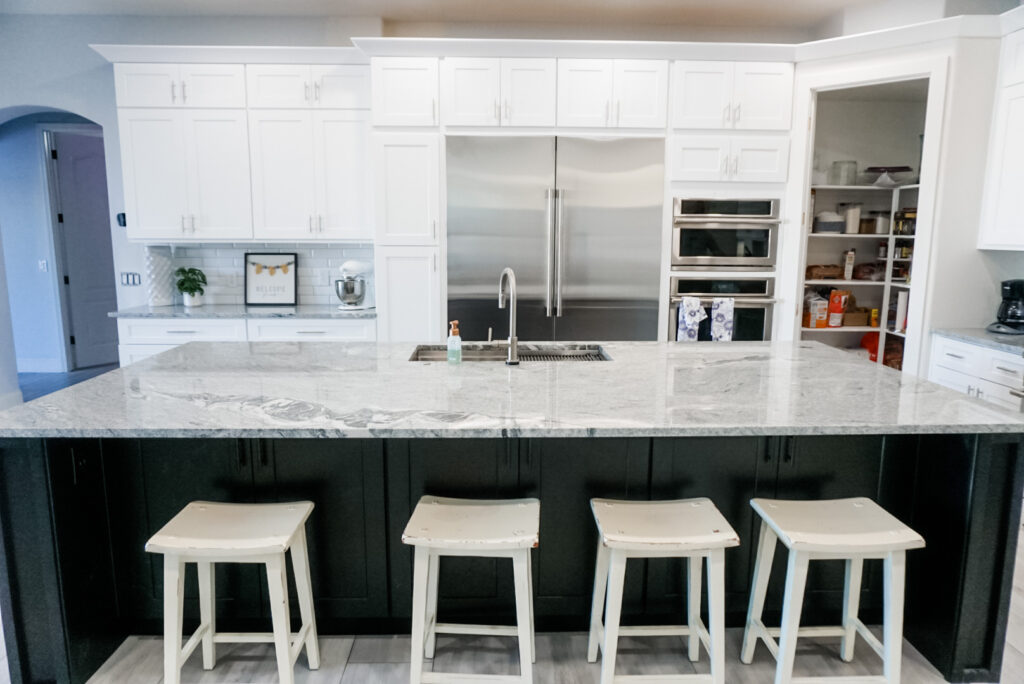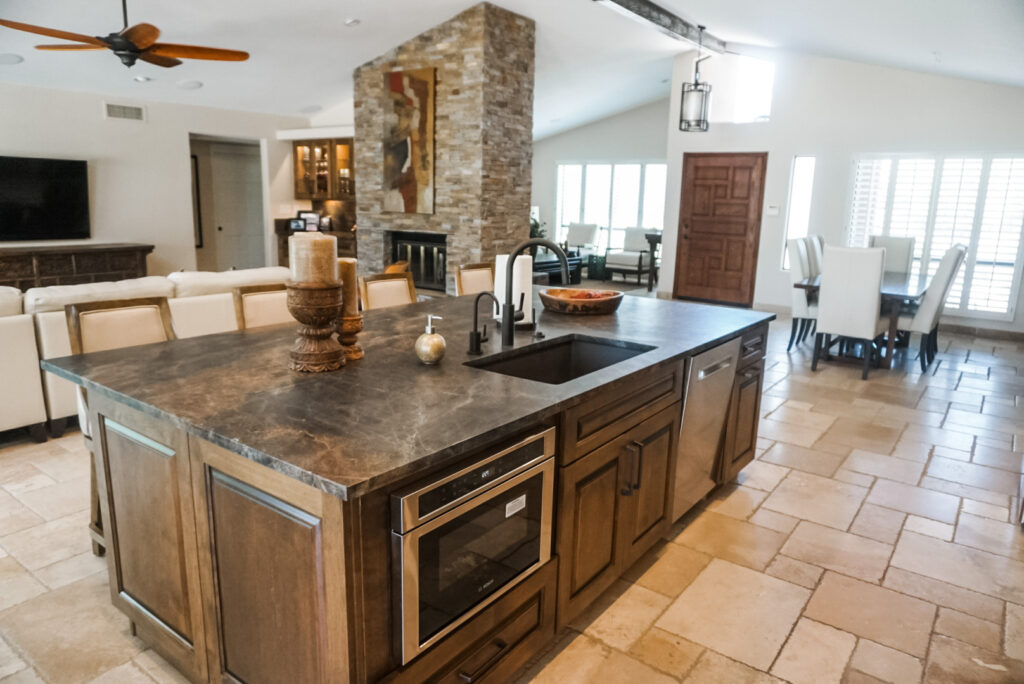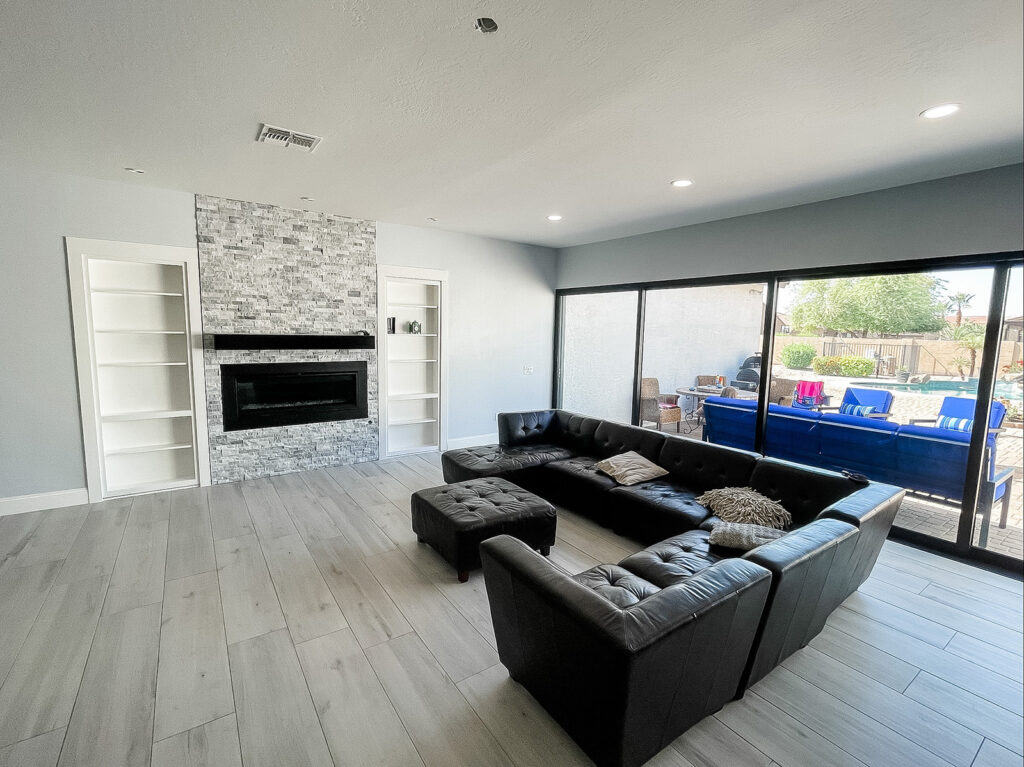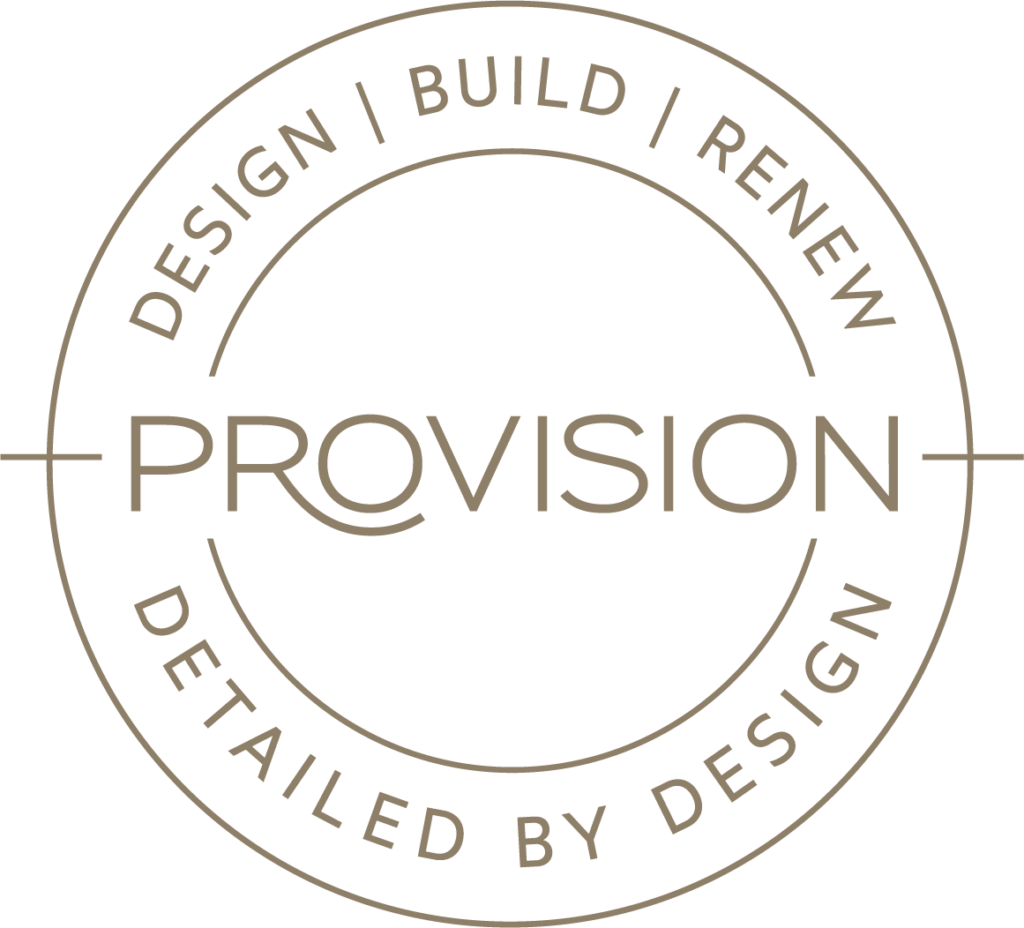Our Design Build Model
Are you planning a construction project and wondering about the best approach to take? With so many options available, selecting the right process to achieve your goals can be overwhelming. Fortunately, the design-build approach offers a collaborative and innovative solution that integrates design and construction for streamlined results. In this article, we will explore the importance and benefits of using a design-build approach for your construction project.
Section 1:
Understanding the Design-Build Process
The design-build process elevates construction projects to a collaborative art form that integrates design and construction under one roof. This approach emphasizes streamlined communication, increased efficiency, and cost savings. Each stage of the process is critical, beginning with the initial consultation, conceptual design, detailed design, and concluding with construction and project completion.
Clients can expect a distributed approach to project delivery, with liability and total accountability resting on the design-build firm. This model minimizes risk and maximizes opportunities for innovation.


Section 2:
Benefits of Design-Build
By using the design-build process, clients benefit from reduced project completion times, enhanced accountability, and reduced risk through a landscape of shared incentives among the entire project team. The design-build approach also allows for the creation of teams dedicated to each project, fostering high levels of collaboration and communication throughout the project.
To illustrate the benefits of design-build, let’s examine a real-life example of a construction project completed using this approach. By utilizing a design-build process for the construction of a large casino, our team was able to successfully identify potential project delays during the conceptual and detailed design phases. We worked with the client and their stakeholders to identify a more efficient construction schedule, reducing construction times while delivering quality work on budget.
Section 3:
Factors to Consider in the Design-Build Process
When engaging in a design-build project, there are some key considerations to keep in mind. One of the most important factors is selecting the right design-build firm with a proven track record of success on similar projects. Establishing clear and measurable goals and expectations at the outset of the project is also fundamental.
Communicating regularly and discussing updates and changes is also crucial, ensuring that plans remain on track and align with the project’s goals and budget. Engaging early in the process and being proactive throughout can help to prevent potential roadblocks.

Conclusion:
Design-build is a proven approach that provides collaboration and efficiency in a traditionally segmented industry. The benefits of this approach include faster project completion times, reduced risk, and enhanced accountability. By considering these critical factors and engaging a professional design-build firm, you can achieve your project goals more efficiently, effectively, and with confidence. Now is the time to consider this innovative approach when planning your next construction project.










